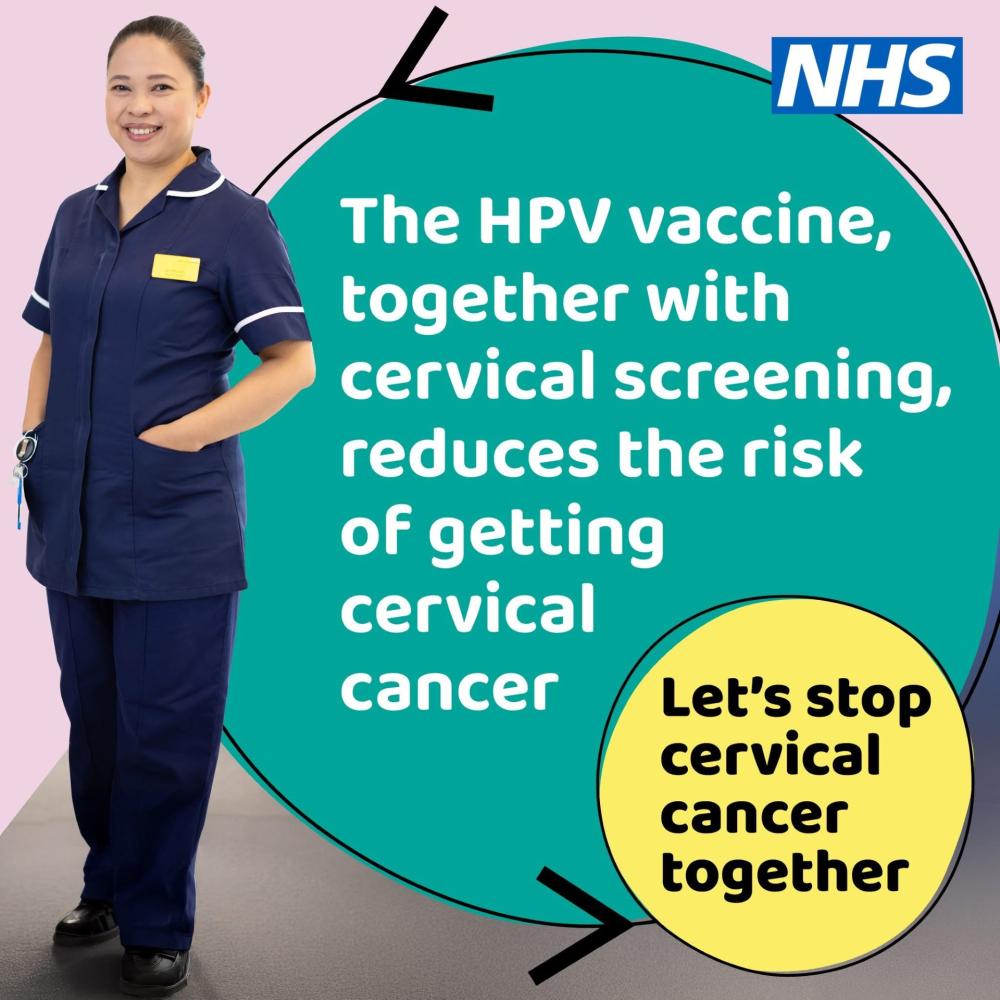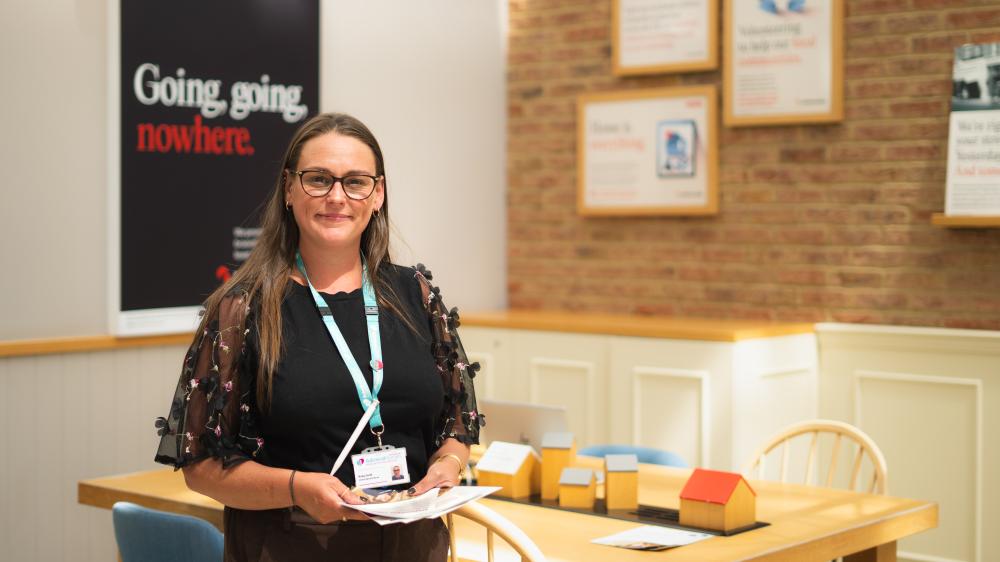The NHS in the South West is working to increase uptake in the HPV vaccine and cervical screening in line with the national cervical cancer elimination strategy for England.
Each year around 2,700 people are diagnosed with cervical cancer in England, with proportionally more people being diagnosed in the South West when compared to the national rate. Both the human papillomavirus (HPV) vaccination and cervical screening are vital tools to lowering the number of people diagnosed with cervical cancer by preventing it from occurring.
Eliminating cervical cancer in the South West, and nationally, is an achievable goal with 99.8% of cervical cancer cases being preventable. The strategy for the NHS aligns with the wider World Health Organisation (WHO) global initiative to achieve a below 4 in 100,000 incidence rate for cervical cancer.
Currently, the South West has an incident rate of 9.8 per 100,000 cases, which is slightly higher than the national rate of 9.4 per 100,000. To work towards the elimination of cervical cancer, the NHS in the South West has outlined three goals to achieve over the next 5 years:
- Increase HPV vaccination rates to at least 90% for boys and girls
- Halt the decline in cervical screening rates and increase the screening rate to at least 70% in the 25-49 cohort
- Ensure at least 90% of women diagnosed with cervical disease receive treatment
Dr Matthew Dominey, Consultant in Public Health and Screening and Immunisation Lead for NHS England South West said: “In the South West, we believe eliminating cervical cancer by 2040 is achievable, and we are working hard to ensure the public are aware of the tools available to them to help reach this goal. This includes cervical screening and HPV vaccination, which help to reduce the chances of developing cervical cancer.
“We are also working to identify any barriers to accessing these services and are collaborating with experts across our region to strengthen the pathways around cervical cancer, making the best use of the data and information available to us as we progress towards this goal.”
Rajvinder Dhillon, Cervical Screening Provider Lead at Gloucestershire Hospitals NHS Foundation Trust, said: “We welcome working with our colleagues to identify and remove barriers and increase access to our services. Our aim is to ensure that standards of treatments are consistently high in colposcopy units across the South West to aid the elimination of cervical cancer.”
Almost all cervical cancers can be attributed to an infection caused by HPV and studies in England have shown that the vaccine stops 90% of cervical cancer cases. The HPV vaccine is offered to boys and girls in year 8 (aged 12 or 13 years) and anyone who is eligible and hasn’t received their one dose HPV vaccine can also catch up until their 25th birthday via their GP practice.
Alongside vaccination, another key preventative tool is cervical screening. Cervical screening can save lives by identifying changes in the cells of the cervix before they turn into cancer. The screening offer is open to anyone with a cervix aged 25 to 64, and invites are sent out from the NHS via the NHS App, as well as via text or letter when required.
The frequency of when cervical screening invites will be received will be changing from July. Those who are eligible for cervical screening and are aged between 25 to 49 who test negative for HPV, meaning they are at very low risk of cervical cancer over the next 10 years, will safely be invited at 5-year intervals rather than 3. Those whose sample indicates the presence of HPV or who have a recent history of HPV, will continue to be invited to more frequent screenings.
This change follows a recommendation by the UK National Screening Committee, and is the approach already used for women aged 50 to 64 in England. It has been made in line with major clinical evidence and shows that the NHS is already moving in the right direction in regard to the cervical cancer elimination strategy.
However, the NHS in the South West still recognises that there are some barriers to those who are diagnosed with cervical cancer receiving treatment and work is underway to identify these issues and alleviate them where possible.
By fulfilling these aims it will enable the region to meet their screening and vaccination targets by 2030, and eliminate cervical cancer in the South West by 2024.










Your Comments
Be the first to comment on this article
Login or Register to post a comment on this article